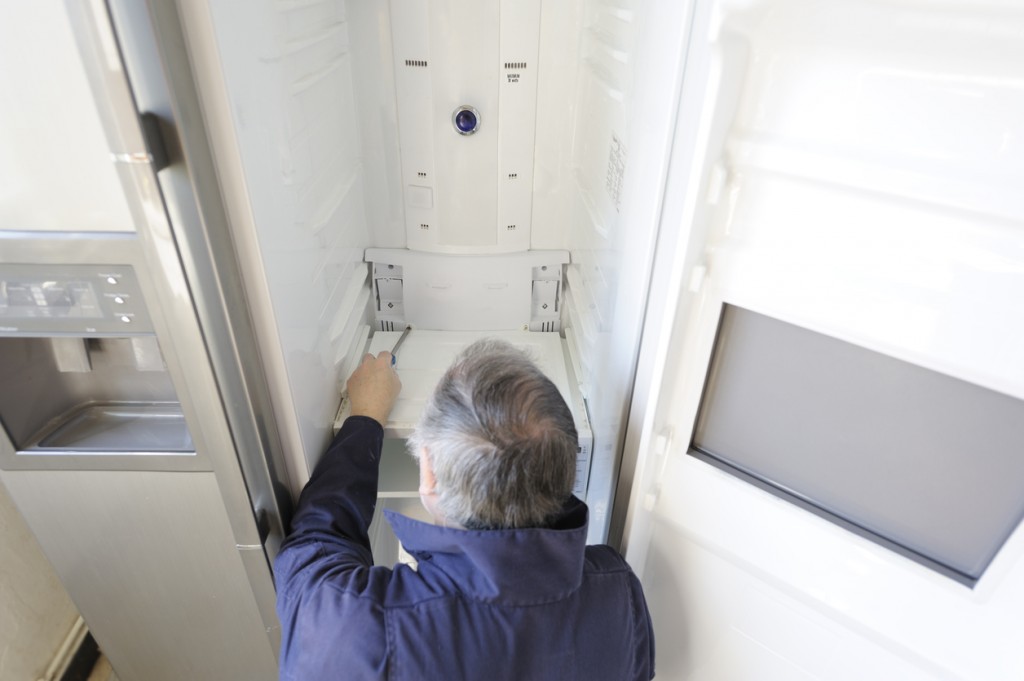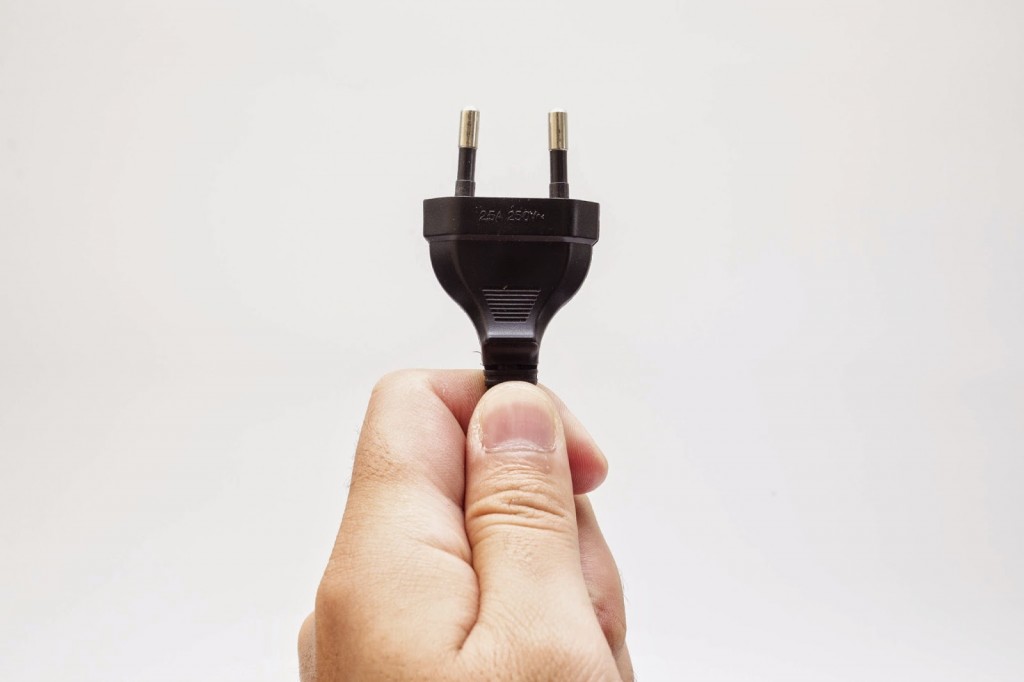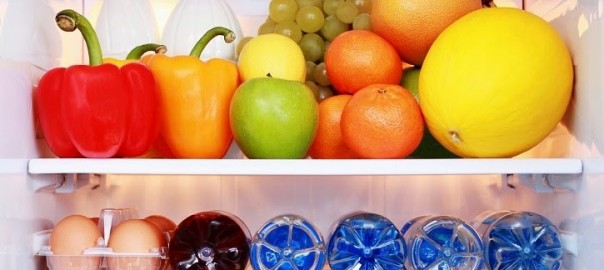Refrigerators
can be tricky sometimes. There are a lot of different parts which
must all be functioning properly and seamlessly working together in
order to keep your food at an ideal temperature. To add to the
confusion, there are not a vast amount of resources available with
helpful information, such as there are with other complex machines
(like automobiles). Luckily for you, 24/7 Refrigerator Service is
here to help. In this article we will answer ten of the most commonly
asked questions regarding refrigerators.
What temperature should I
keep my refrigerator at?
Your
refrigerator’s temperature should be between 35 and 39 degrees
Fahrenheit.
What temperature should I
keep my freezer at?
Your
freezer should be kept at a temperature between 0 and 5 degrees
Fahrenheit.
Why is my ice maker not
making any ice?
Your
ice maker may be malfunctioning for any number of reasons, including
restricted water supply. In order to correctly diagnose the problem,
call 24/7 Refrigerator Service today to schedule and appointment.
How long does it take a
refrigerator to cool down after being plugged in for the first time?
When
starting from room temperature, allow 24 hours for a refrigerator to
cool down to a consistent, stable operating temperature.
How do I properly dispose
of my old refrigerator?
Old
refrigerators cannot be legally disposed without removing the
chemical coolants first. Contact your town to see if they offer this
service – most of them do for a small fee. If not, contact a local
appliance repair shop and inquire about their disposal services.
How long can I expect my
new refrigerator to last?
The
average life span of a new refrigerator is roughly 15 years.
This number could be much higher or lower depending on the brand and
model of the refrigerator and how well you maintain it.
What is that weird noise
coming from my refrigerator?
If your
refrigerator is making loud or unusual noises while operating, it
could be due to a number of different reasons. Rather than playing
the guessing game, contact 24/7 Refrigerator Service and we will be
at your house to look at it by the end of the day.
What are the four styles
of refrigerators?
Top-Freezer.
This is the most common model. The freezer is located above the fresh
foods section of the refrigerator.
Bottom-Freezer.
In this style, the fresh food section of the refrigerator is on top
for more convenient accessibility. The freezer is located below it,
and is usually accessed as a pull-out drawer.
Side-By-Side.
The freezer and fresh food
sections both take up the full height of the unit and are divided
vertically almost down the middle, allowing for more freezer space
than other styles.
French
Door. This style combines
elements of the side-by-side and bottom-freezer models. The fresh
food section, which takes up the top two-thirds of the unit, has two
doors that swing open to either side. This allows for maximum storage
capacity and twice the door space of most other refrigerators. Like
the bottom-freezer style, the freezer is usually accessed via a
pull-out drawer.
What is the best way to
clean my refrigerator and how often should I clean it?
For a
thorough clean, you should set your refrigerator’s temperature
control to OFF and unplug it from the wall. Take all of the contents
out, including the shelves. Using soapy water and a rag, wipe all
internal surfaces clean and dry them. Clean the shelves with the same
rag, or wash them in the sink. Replace everything, plug your
refrigerator back in, and set the temperature control back to where
it was before. You should do this once per year to keep your
refrigerator clean.
What do the terms “auto
defrost” and “frost free” mean?
Auto
defrost refers to the fresh food section of the refrigerator.
Normally, condensation on the back wall can freeze and affect how
well the unit preserves your food. The auto defrost function heats
the wall for a short period of time, which melts any ice that may
have formed, and drains the water through a duct in the back. Frost
free refers to a fan in the freezer which circulates dry air,
preventing the build up of frost around the walls and items in the
refrigerator.









